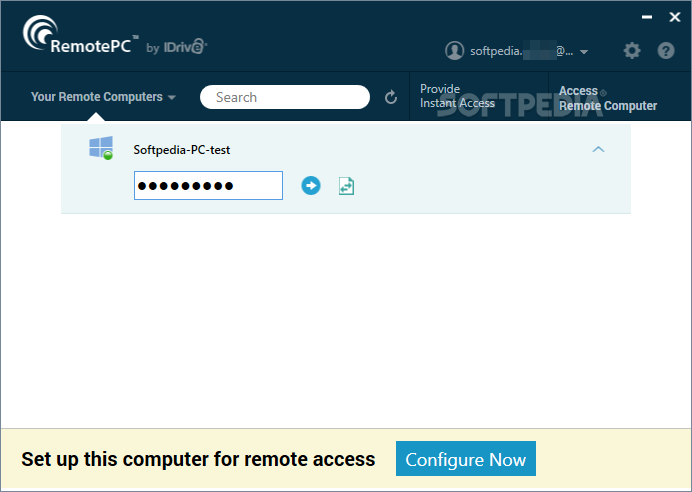

In the interim there have been a variety of Special Publications and changes in algorithm requirements, which vendors should be aware of. But there have been so many delays that NIST is planning to skip FIPS 140-3 altogether, and go straight to FIPS 140-4, though there is no firm date. Originally, it was planned to revise the standard every five years.

So, instead of validating components and products, manufacturers instead can certify the underlying cryptographic modules used in their products.įIPS 140-2 was signed in 2001. The process is long, intensive, and expensive.
#Is remotepc fips 1402 update#
Attempting to redesign and update documentation after issues with validation can lead to long delays. The documentation should be generated routinely as part of the product development lifecycle.
#Is remotepc fips 1402 code#
#Is remotepc fips 1402 software#
The National Institute of Standards and Technology (NIST) developed the mechanisms for testing and certifying that hardware and software have met the requirements of FIPS 140-2, in close cooperation with their counterparts at the Canadian Communications Security Establishment (CSE). It also has developed a robust testing and certification process. FIPS Compliantīut the federal government has done more than establish a standard. A crypto module is any combination of hardware, firmware, and software that implements such cryptographic functions as encryption, hashing, key management, or message authentication. As computers become more capable, formerly secure encryption algorithms can become more easily broken by unauthorized users.įIPS 140-2 covers specifically cryptographic modules and their underlying algorithms. There are a variety of algorithmic types, and the mathematics of encryption is an active area for research and development.

Encryption and Cryptographic ModulesĮncryption uses mathematical algorithms to translate data into a form that can be read only by someone with the knowledge to reverse the encryption. Reliance on FIPS 140-2 is both widespread and often misunderstood, so it’s essential to gain a basic understanding of its origins, use, and how products are validated.

It is particularly widely used in regulated industries, including legal, financial, and utility. But its influence goes far beyond this significant but delimited area.įederal Information Processing Standard (FIPS) 140-2 has become a widely used benchmark for third-party validation of encryption products and uses, and is widely recognized as validating the effectiveness of cryptographic hardware. FIPS 140-2 is a requirements document that sets the minimum strength level for data encryption used in Sensitive But Unclassified (SBU) federal operating environments.


 0 kommentar(er)
0 kommentar(er)
